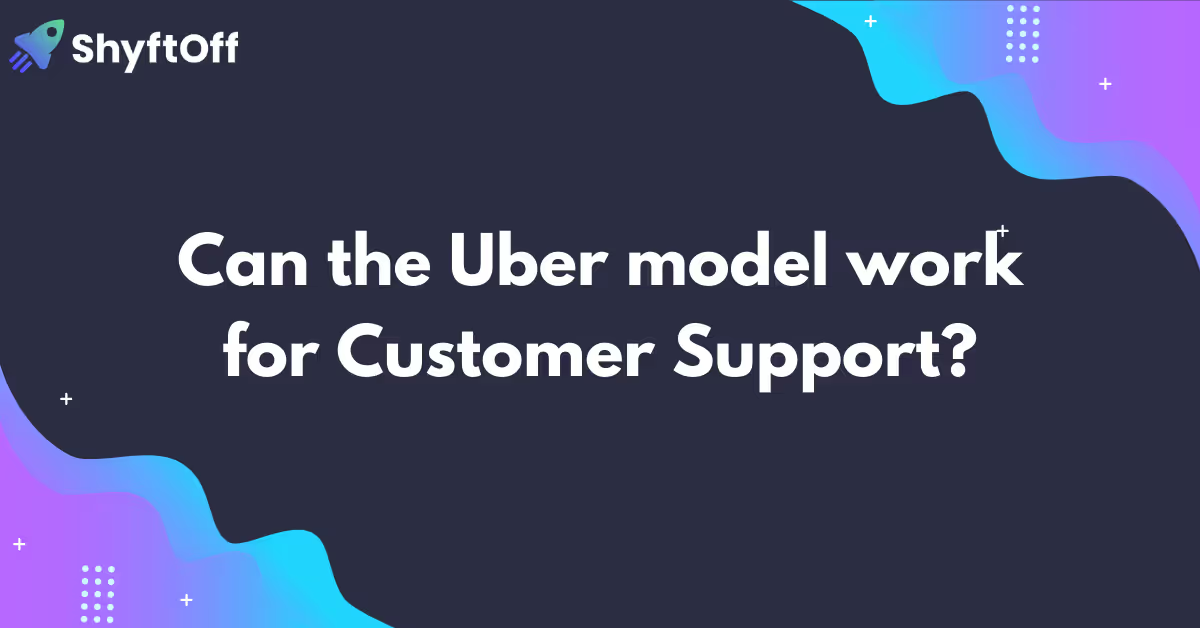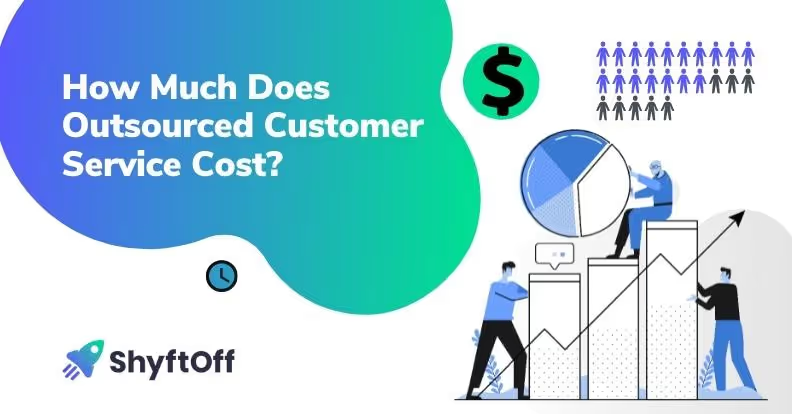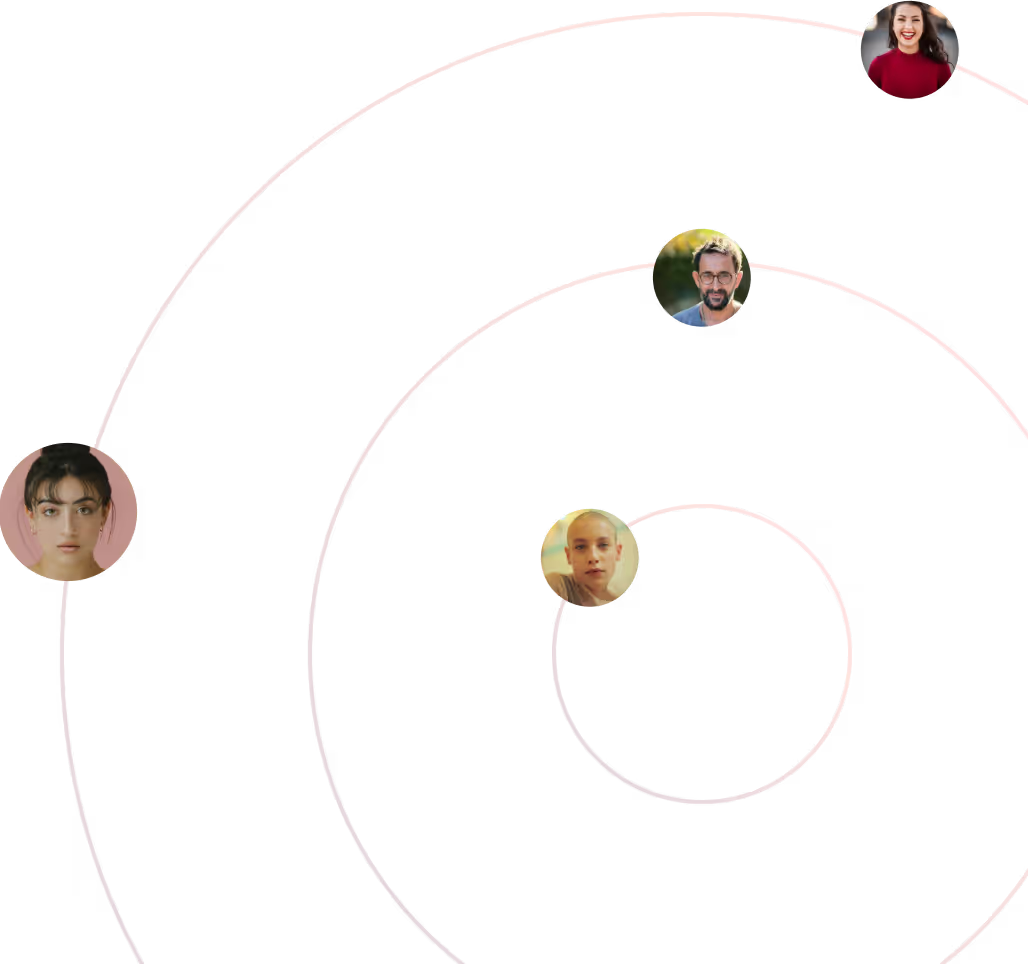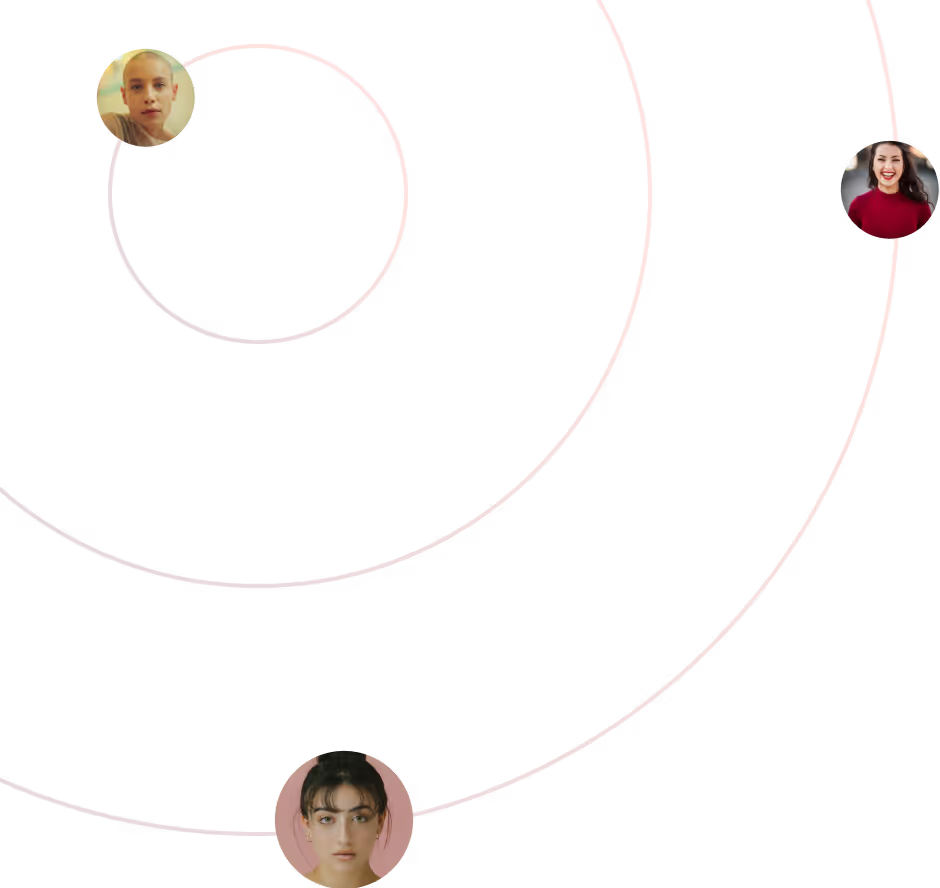2025 is shaping up to be a major turning point for contact centers, especially when it comes to AI. Our take is that contact centers will quickly realize AI's ROI, which could happen as early as this year.
As AI automates more routine tasks, it will introduce complex and volatile call demand that will call for human agents that are problem-solving experts. While exciting, it also means traditional outsourcing approaches may no longer cut it.
Instead of leaning on external teams for straightforward tasks, contact centers will now seek specialized talent who can handle tricky customer issues and high-value interactions. And in ways that are flexible, efficient, and ready to scale at a moment’s notice.
AI Is Changing the Game—Fast
AI is no longer “coming soon”; it’s here and evolving rapidly. Many contact centers already use AI-driven chatbots, self-service portals, and virtual assistants to handle common issues like password resets and basic billing queries. By 2025, industry analysts predict that at least 30% of these routine interactions will be fully automated.
For a lot of folks, that sounds like the beginning of the end for human agents. But the reality is more nuanced. Automated systems might clear away the easy questions, leaving human teams to tackle complex problems that require emotional intelligence, creative thinking, and product expertise.
This shift drastically alters staffing needs. Instead of hiring loads of entry-level agents for simple tasks, we’ll need fewer—but more skilled—professionals who can handle high-stakes escalations. The challenge is that the volume of these complex inquiries can swing wildly, especially when new AI functionalities roll out and suddenly automate another big chunk of calls. That’s where flexible outsourcing models come in.
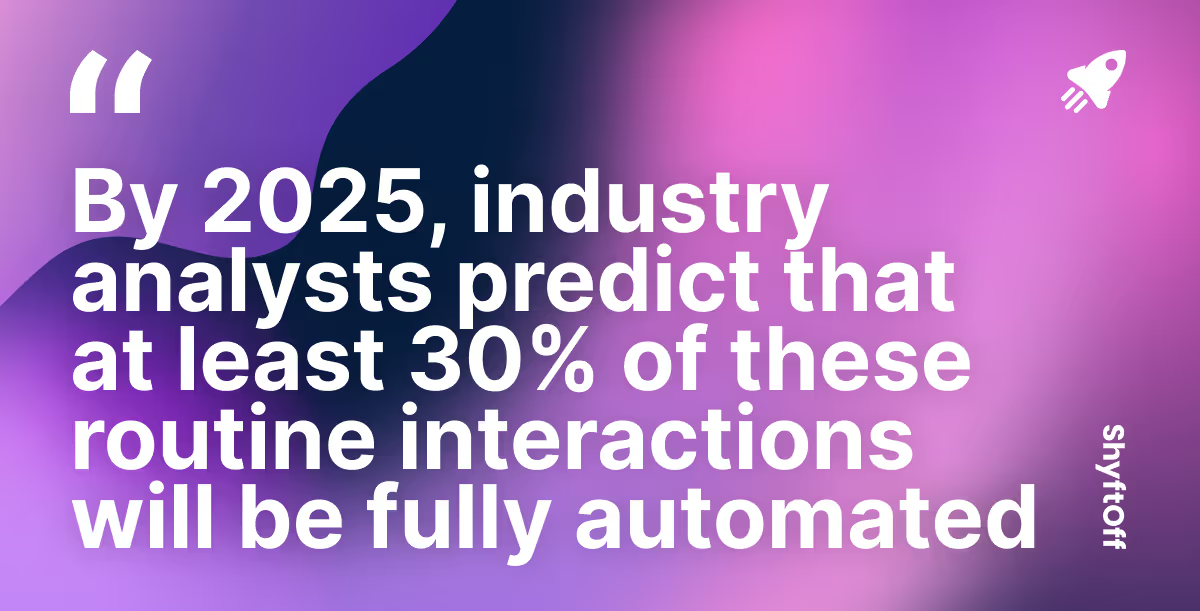
Why Customer Service Outsourcing Remains a Smart Strategy
Outsourcing has long been a go-to for cutting costs and handling seasonal spikes. In 2025 and beyond, it’ll still do that, but for different reasons. Rather than just managing overflow or low-level tasks, top-tier outsourcing partners will increasingly become your source for specialized human talent.
Volatility in Call Types: AI adoption can be uneven. You might see a significant drop in routine queries one month, then face an unexpected uptick in complex issues the next—often from customers encountering new technologies or product features. An outsourcing partner can help you scale up or dial back quickly.
Talent Wars: The competition for skilled agents is fierce. Many high performers now look for gig jobs with flexible schedules and better earning potential. Outsourcing partners with a strong focus on these flexible talent pools can give you access to the cream of the crop.
Cost Control: Every C-level executive faces pressure to trim budgets and still deliver stellar results. Outsourcing can help reduce overhead for training, real estate, and full-time headcount, all while keeping (or even boosting) service quality.
Speed to Market: Let’s say you’re rolling out a new product line or upgrading your tech stack. Leaning on an external partner that specializes in these areas can speed up deployment and cut down on learning curves.
In short, outsourcing is still about efficiency and cost savings—but it’s also becoming about agility and specialized expertise.
Flexible Customer Service Outsourcing Models: The Secret Sauce
A traditional outsourcing contract might give you a set number of agents or seats. That’s great if volumes stay consistent. But once AI kicks in, they likely won’t. As AI keeps evolving, certain calls (once handled by humans) will vanish, while complex issues might spike unpredictably.
That’s where flexible outsourcing models truly shine. These models give you the ability to staff up quickly for sudden surges, then scale down when volumes drop.
Key Benefits of a Flexible Model
On-Demand Scalability: No more scrambling to hire and train when call volume jumps unexpectedly. Flexible partners usually have a pre-vetted talent pool ready to activate.
Access to Specialists: If you have a surge in complex tech support needs, you can source agents with the right credentials and expertise—fast.
Lower Overhead: You pay for talent when you need it, rather than carrying a large, full-time staff year-round.
Better Agent Engagement: Talented individuals are drawn to flexible work. By tapping into a partner’s gig-oriented approach, you can attract agents who thrive in that environment and do their best work.

Getting Ready for AI’s Rapid Evolution
It’s tempting to think you have time to consider and plan around the long-term effects of AI. But the reality is that adoption curves can skyrocket at any moment. Innovations often move faster than expected, catching contact centers off-guard. A few best practices can help keep you ahead of the curve:
Pilot AI Tools Early: Team up with your outsourcing partner to trial new AI solutions in a controlled environment. This helps you see how your workflow changes when certain tasks get automated.
Upskill Continuously: As AI handles more transactional issues, your human agents must be ready to handle advanced situations. Work with your outsourcing partner to ensure ongoing training in empathy, communication, and product or technical knowledge.
Smooth AI-to-Agent Handoffs: A big pain point for customers is having to re-explain their issue when an AI chatbot hands off to a human. Make sure data flows seamlessly so the agent has context and the customer doesn’t feel frustrated.
Rethink KPIs: Average handle time might not be the best measure of success for calls that require deeper problem-solving. Build metrics around resolution quality, customer satisfaction, and revenue impact to track the real value of these interactions.
Deciding on the Right Partner
Choosing a partner is about more than ticking boxes on cost and availability. You’re effectively entrusting a huge part of your brand experience to an external team. The right fit is crucial.
- Tech Compatibility: You want a partner who can integrate with your existing systems—especially AI or workforce management tools. If they have advanced scheduling and analytics capabilities, that’s a plus.
- Recruiting & Retention Approach: Make sure your partner has a strategy for attracting top talent and keeping them engaged. Look for robust training, competitive pay structures, and work arrangements that appeal to the modern workforce.
- Agility & Scalability: Ask for examples of how they’ve handled sudden surges in volume or abrupt changes in service levels. You need a partner that can move fast without sacrificing quality.
- Security & Compliance: Handling complex interactions often involves sensitive information. Confirm that your partner has strict protocols for data security, privacy compliance, and regulatory standards.
- Innovation Mindset: The partner you pick should keep an eye on emerging trends and best practices. Ideally, they’ll be proactive about suggesting ways to improve your processes—not just waiting for you to ask.
Building a Forward-Thinking Contact Center
As you prepare for 2025, remember that AI is both an opportunity and a catalyst for change. It’s paving the way for a more specialized, customer-centric contact center—but it also demands new ways of working.
Here are some key takeaways:
- Embrace Flexibility: Rigid, one-size-fits-all outsourcing agreements won’t keep up. Negotiate terms that let you pivot quickly as volumes shift and AI capabilities expand.
- Prioritize People: High-level tasks require skilled agents who feel valued and well-compensated. Collaborate with your partner to offer ongoing professional development and a positive work culture, whether that’s in a physical location or remote.
- Stay Data-Driven: Keep an eye on what AI handles best versus where humans excel. Continuously analyze call data, AI performance stats, and customer satisfaction scores so you can adjust staffing models in real time.
- Plan for the Unexpected: AI adoption isn’t always linear. You might see huge leaps in automation after a software update, and then a sudden spike in human-led interactions when customers run into complications. Being prepared will help you deliver a consistent, high-quality experience.
Get the Bigger Picture with ShyftOff’s 2025 Predictions Report
To dive deeper into where AI, flexible outsourcing, and the broader customer service industry are headed, download ShyftOff’s 2025 Predictions Report. Inside, you’ll find data-driven forecasts and practical advice to help you stay one step ahead.
If you’re curious about how flexible outsourcing can help you trim costs, boost efficiency, drive revenue, and reduce agent attrition, we’d love to chat. Reach out to the ShyftOff team anytime to discuss how we can tailor a strategy that keeps you prepared for whatever AI developments—and customer demands—come your way.
Change is coming at breakneck speed, and in many ways, 2025 will serve as a milestone year for customer service. The contact center of the future won’t rely on humans for basic tasks; it’ll use them for the high-value, nuanced interactions that define your brand and your bottom line.
By aligning with the right outsourcing partner—one that offers flexible models, top-tier talent, and a flair for innovation—you can ride the AI wave instead of getting knocked over by it.
Adopting a forward-thinking approach now means you’ll not only handle the complexities of tomorrow’s calls but do so in a way that delights customers, optimizes costs, and keeps your contact center team engaged. That’s the future of outsourcing in 2025: smart, agile, and built to elevate every conversation you have with your customers.
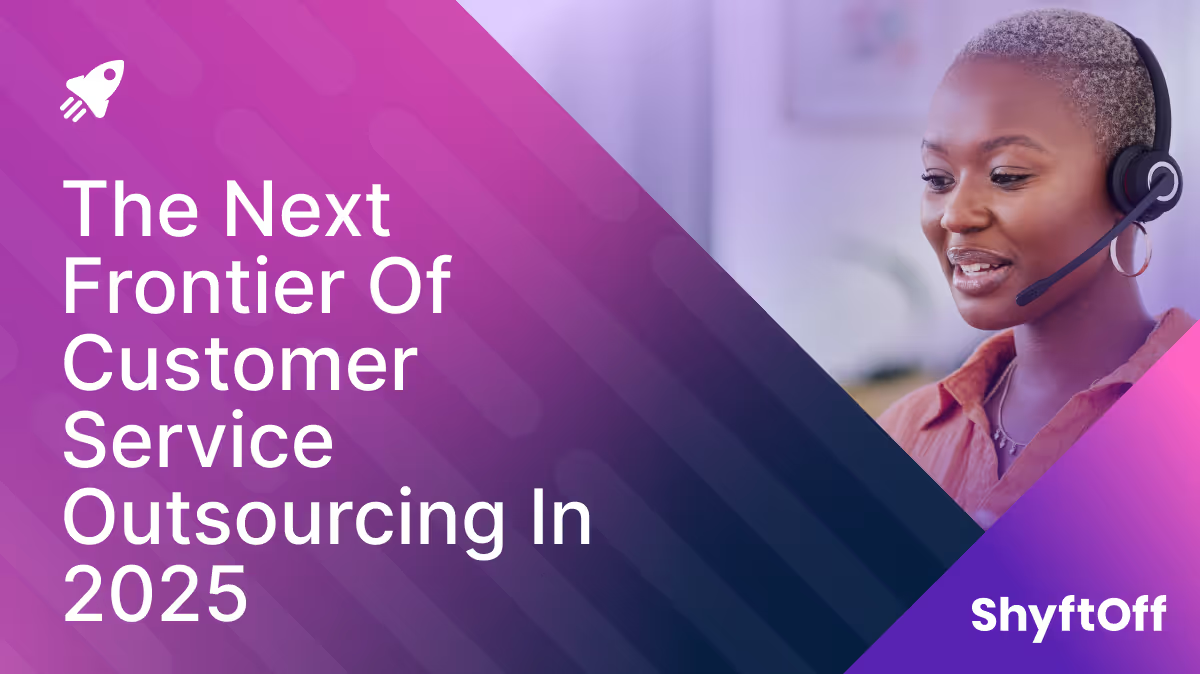

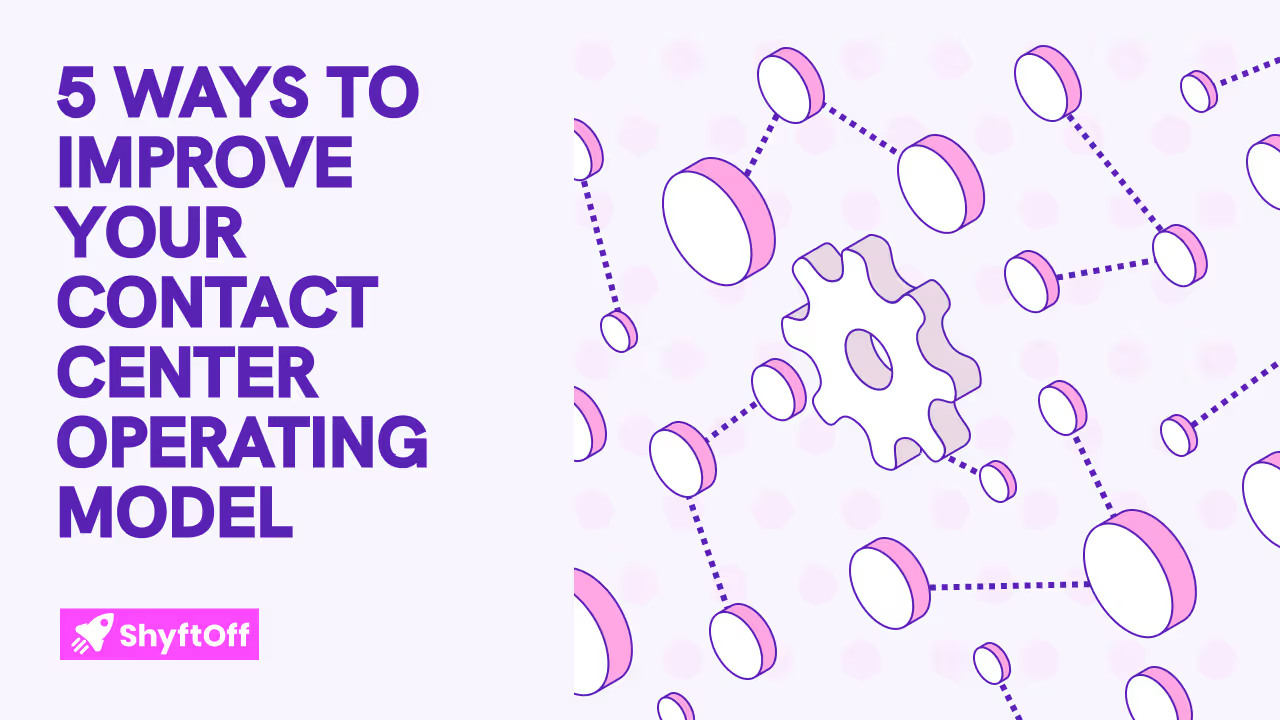
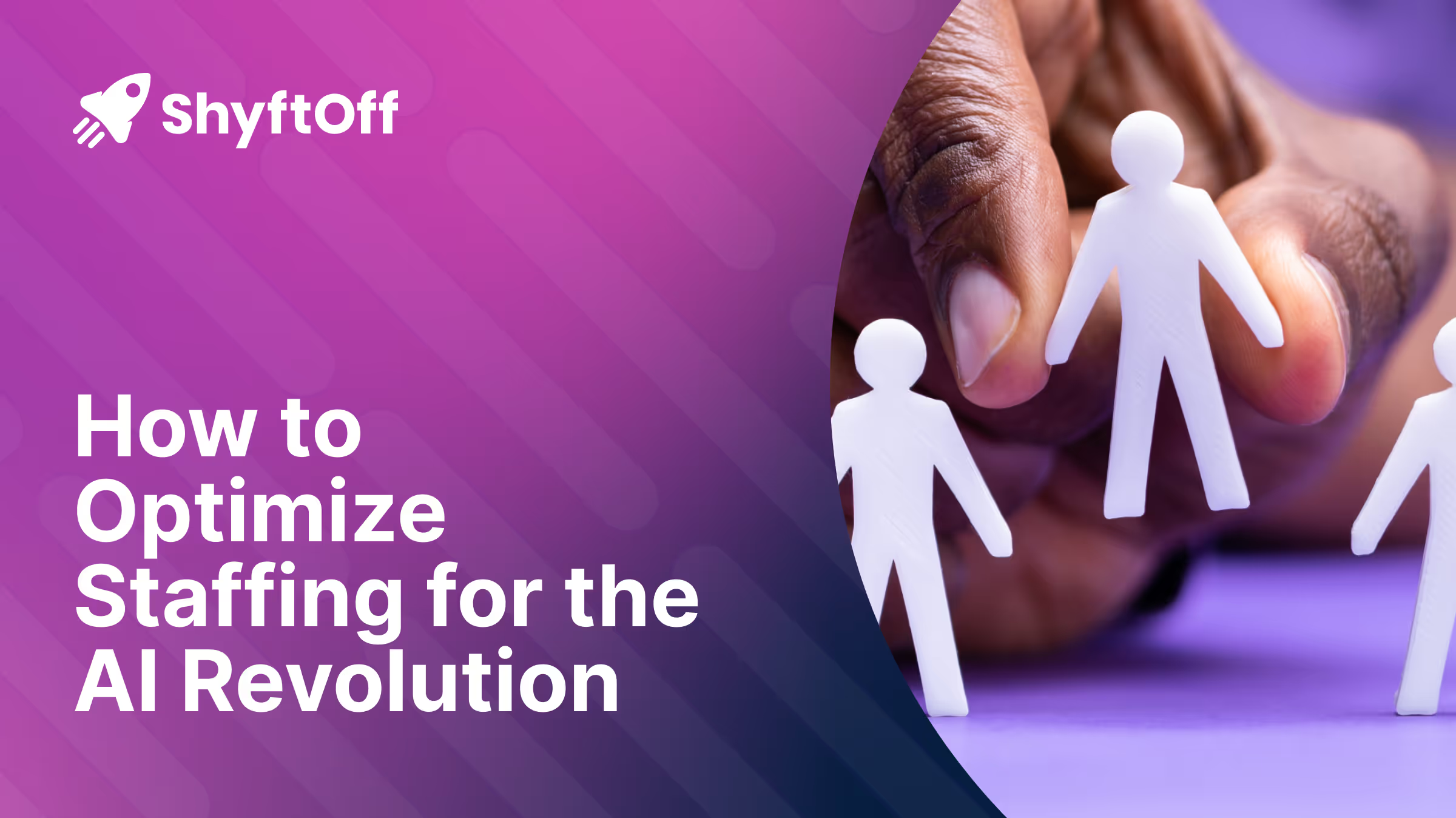
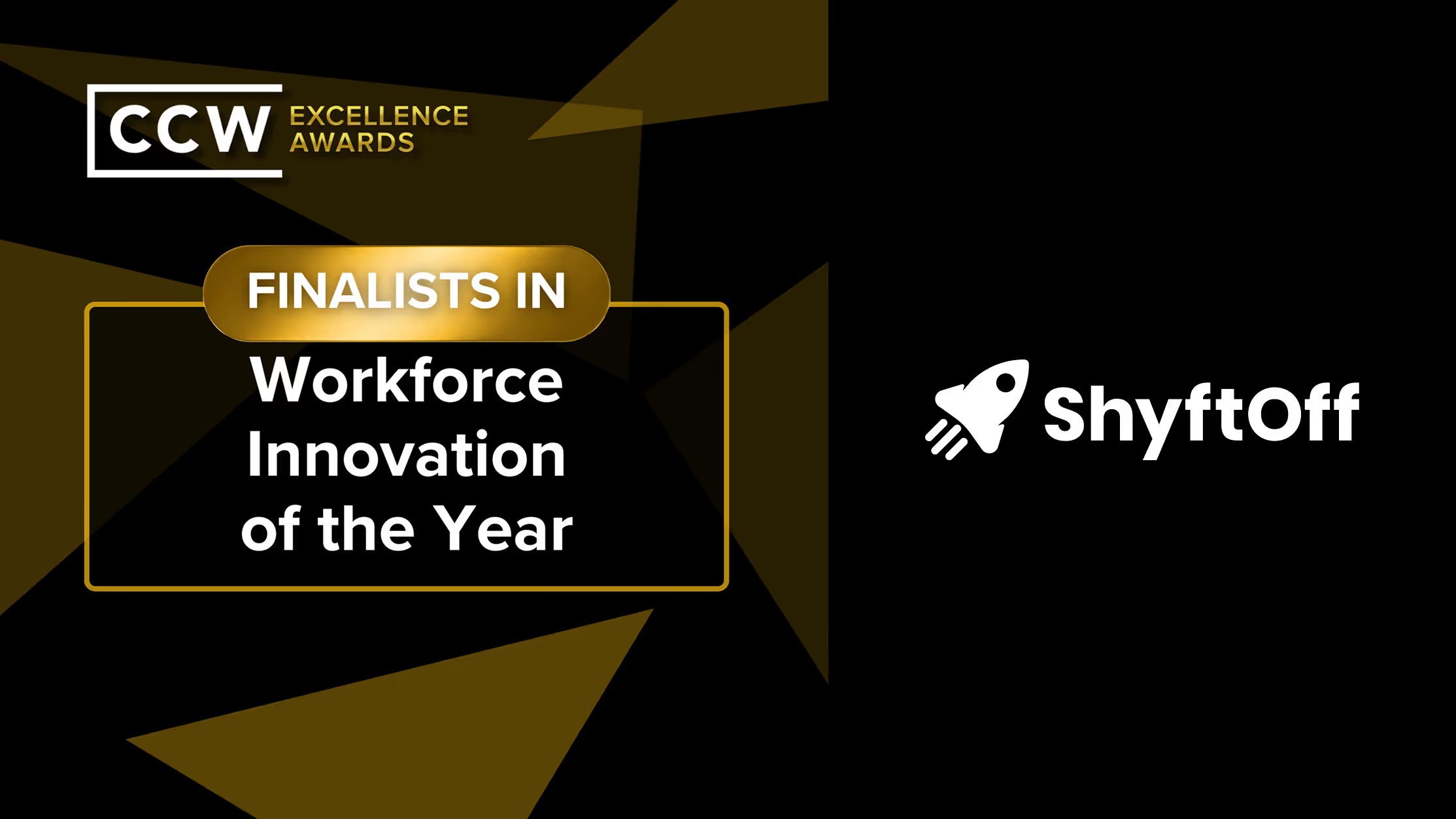
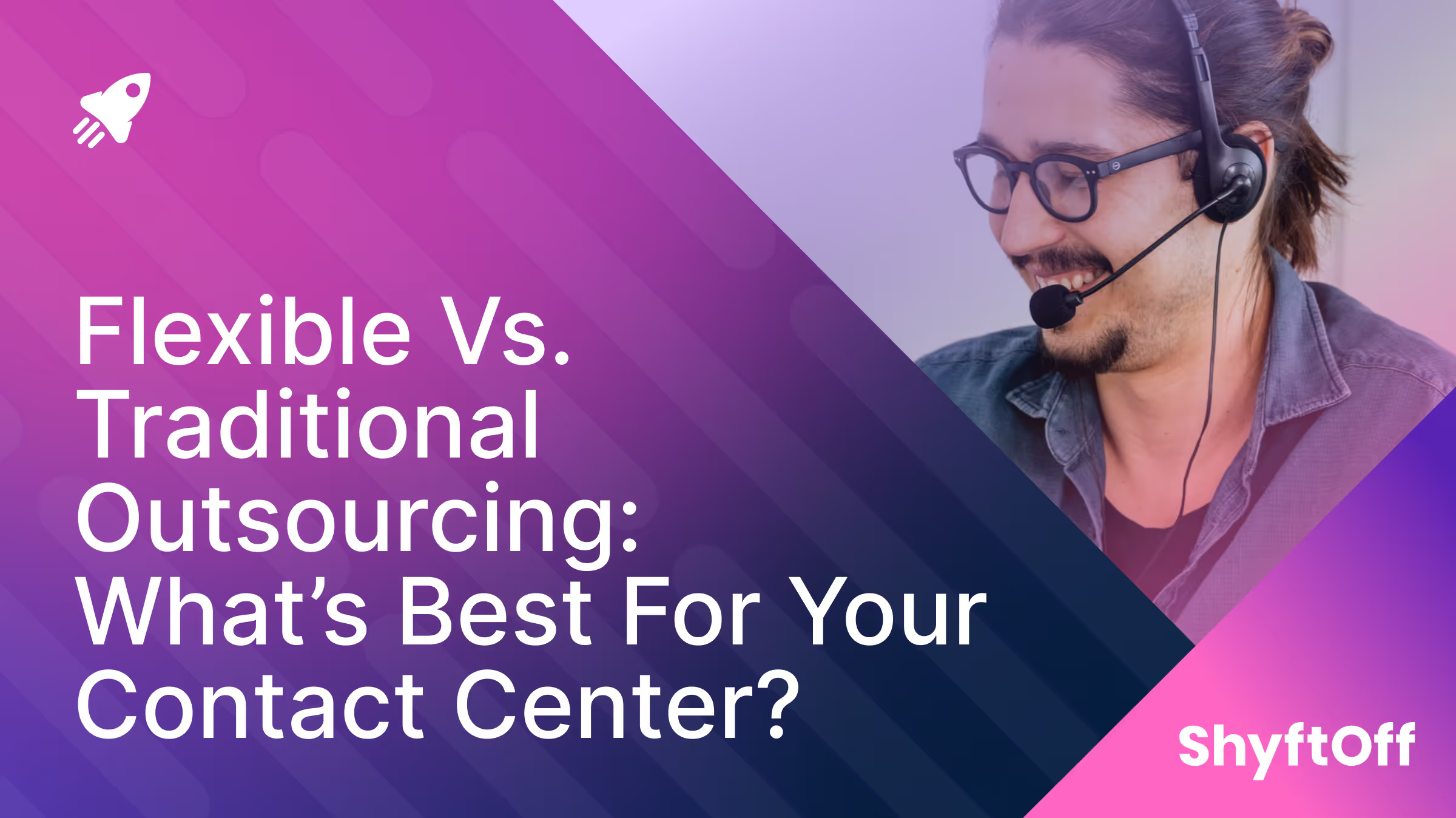
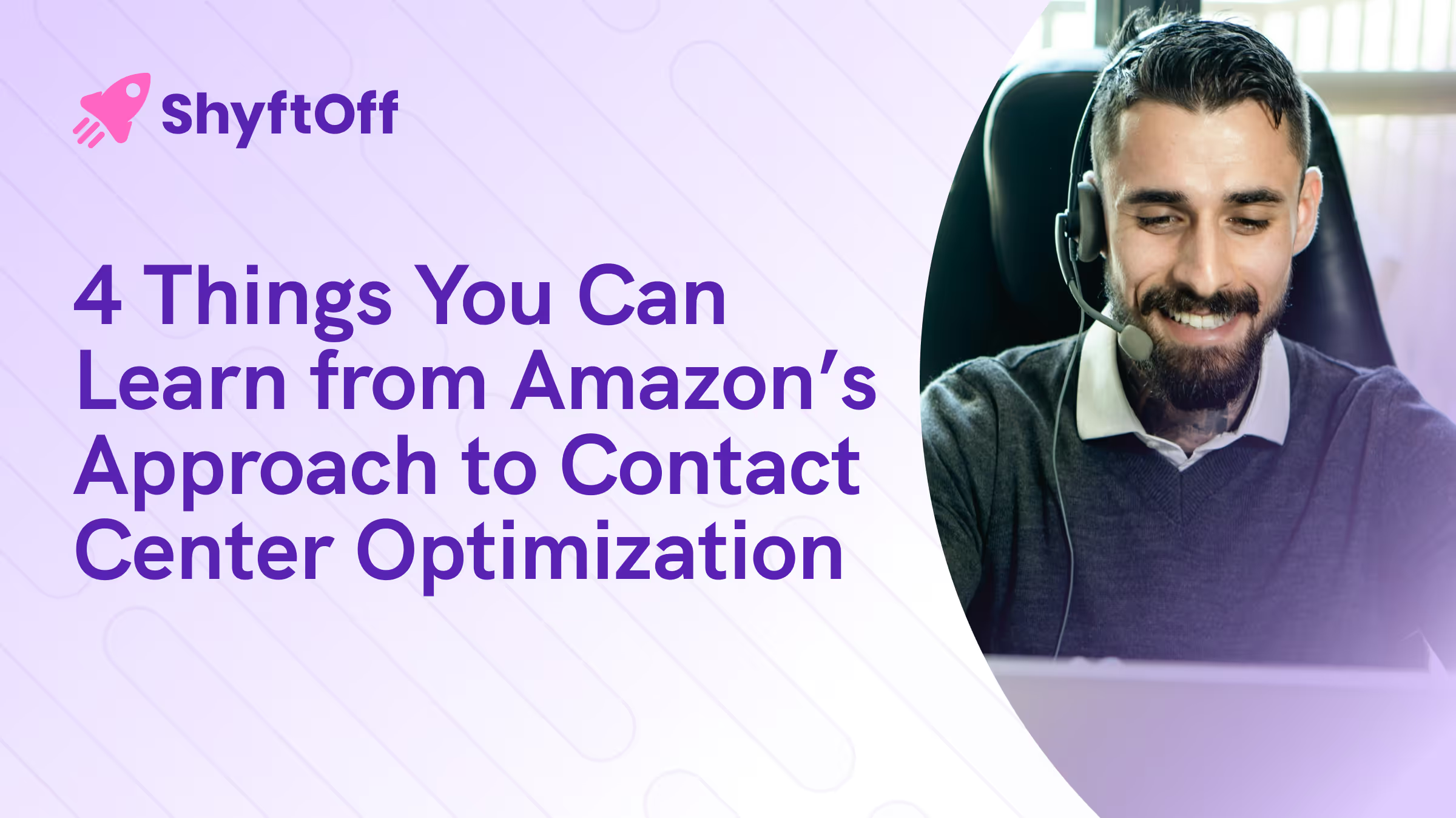
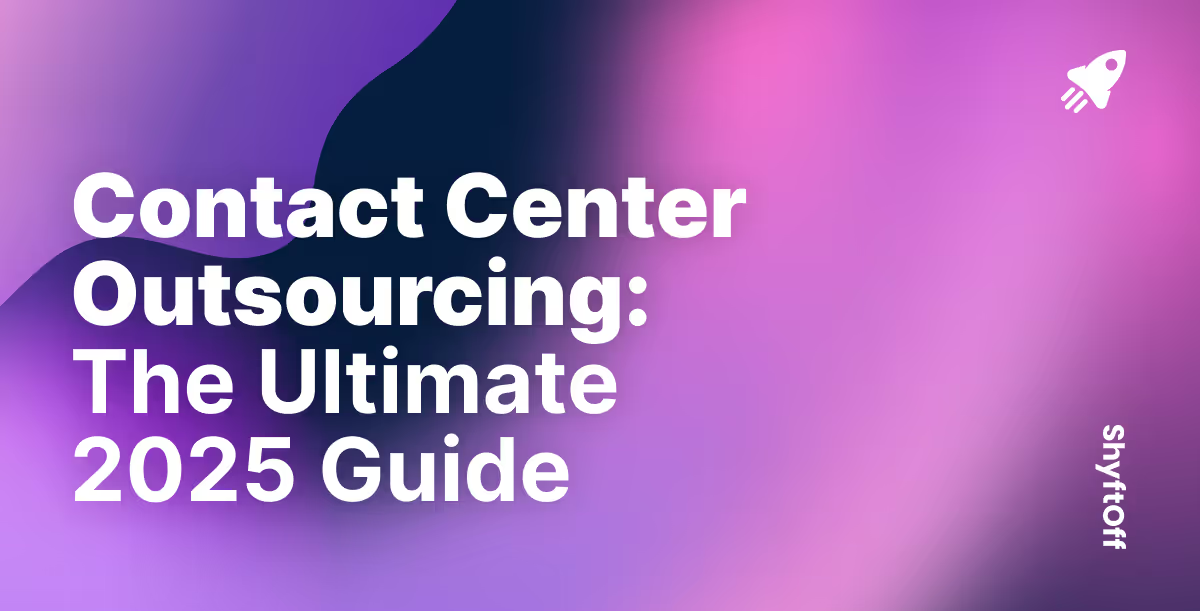
%2520(1)%2520(1).avif)
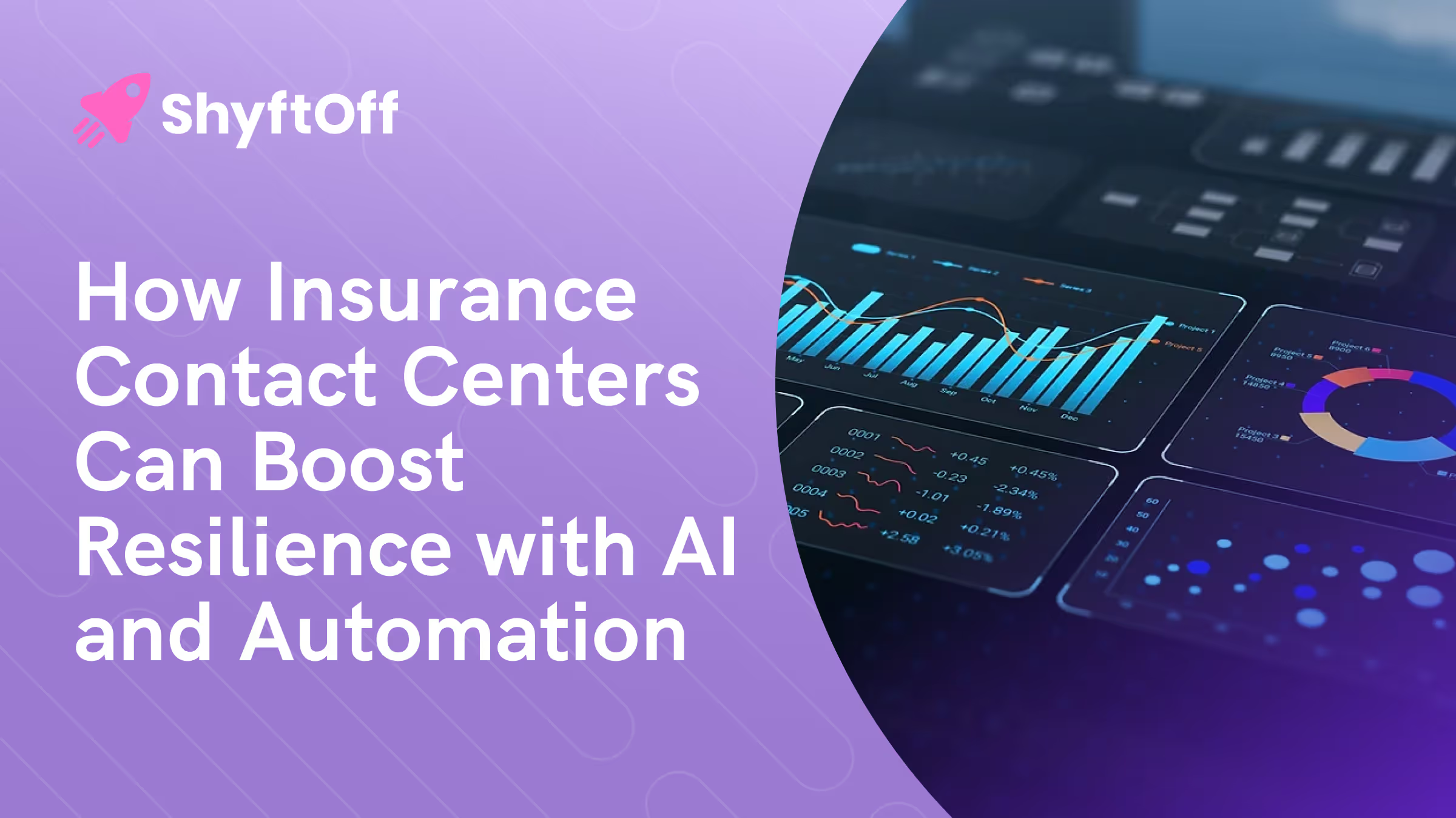


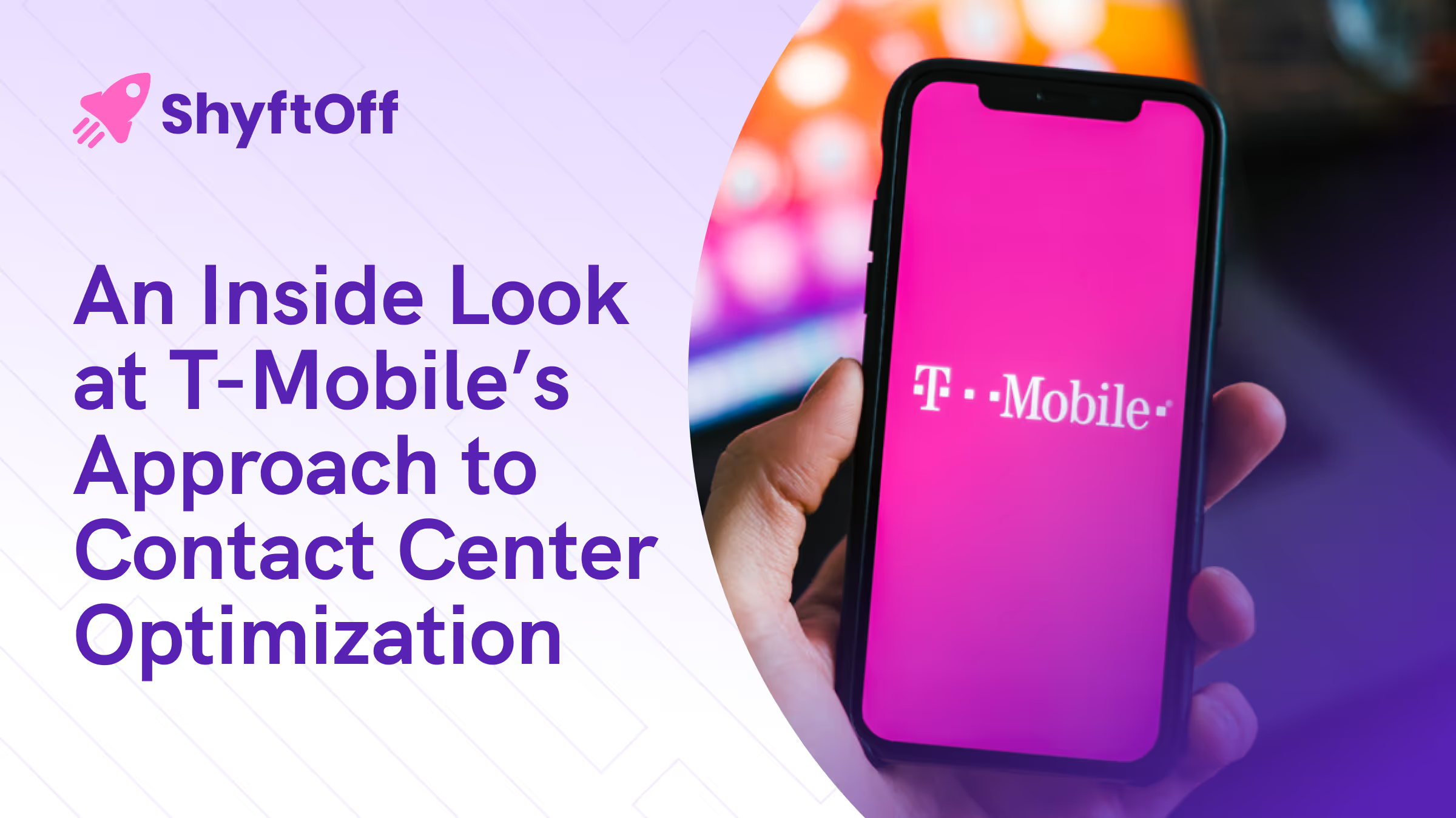
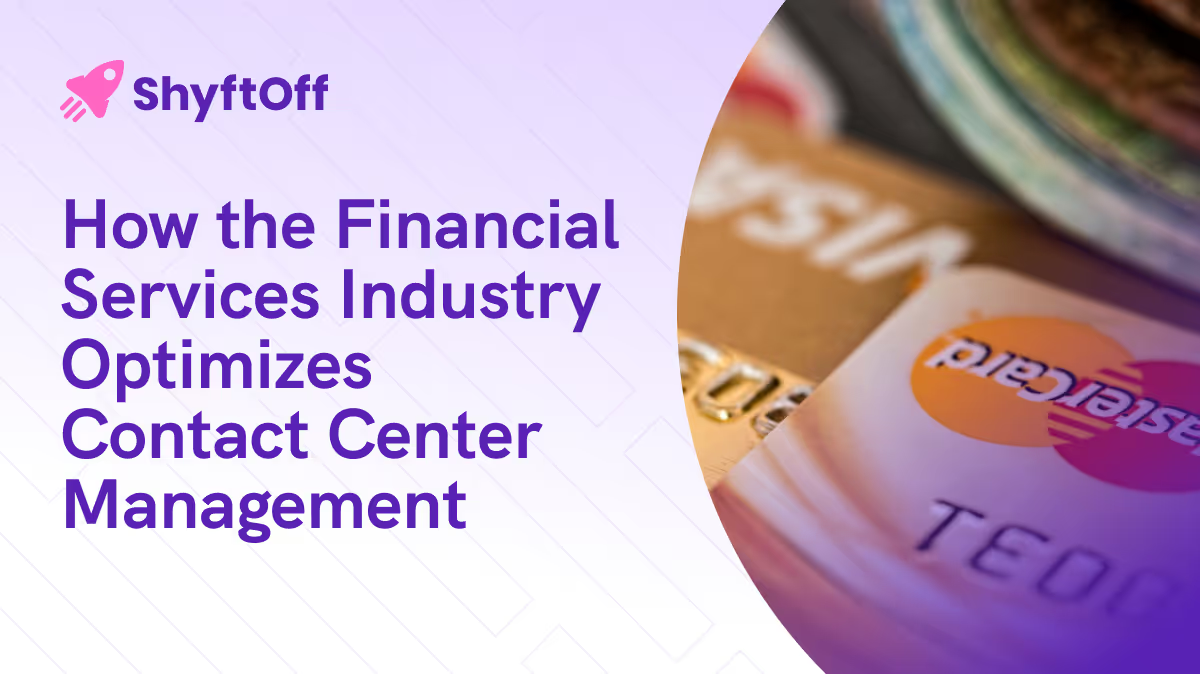
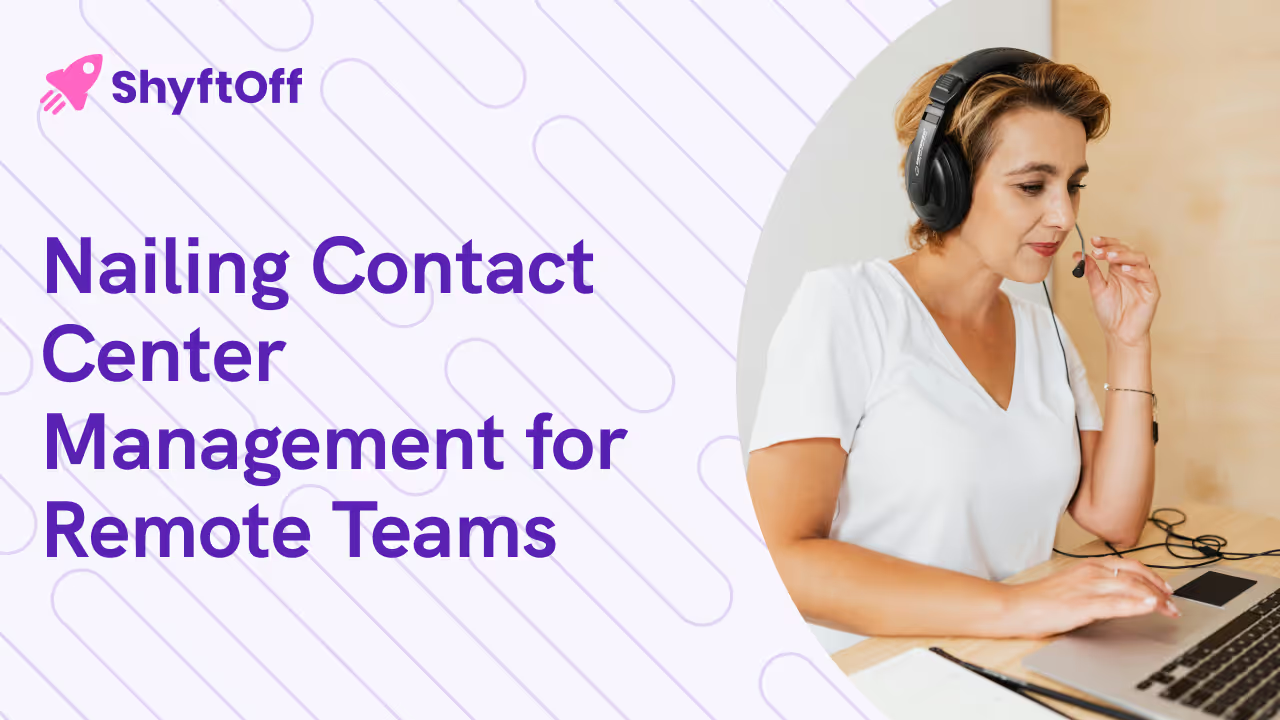

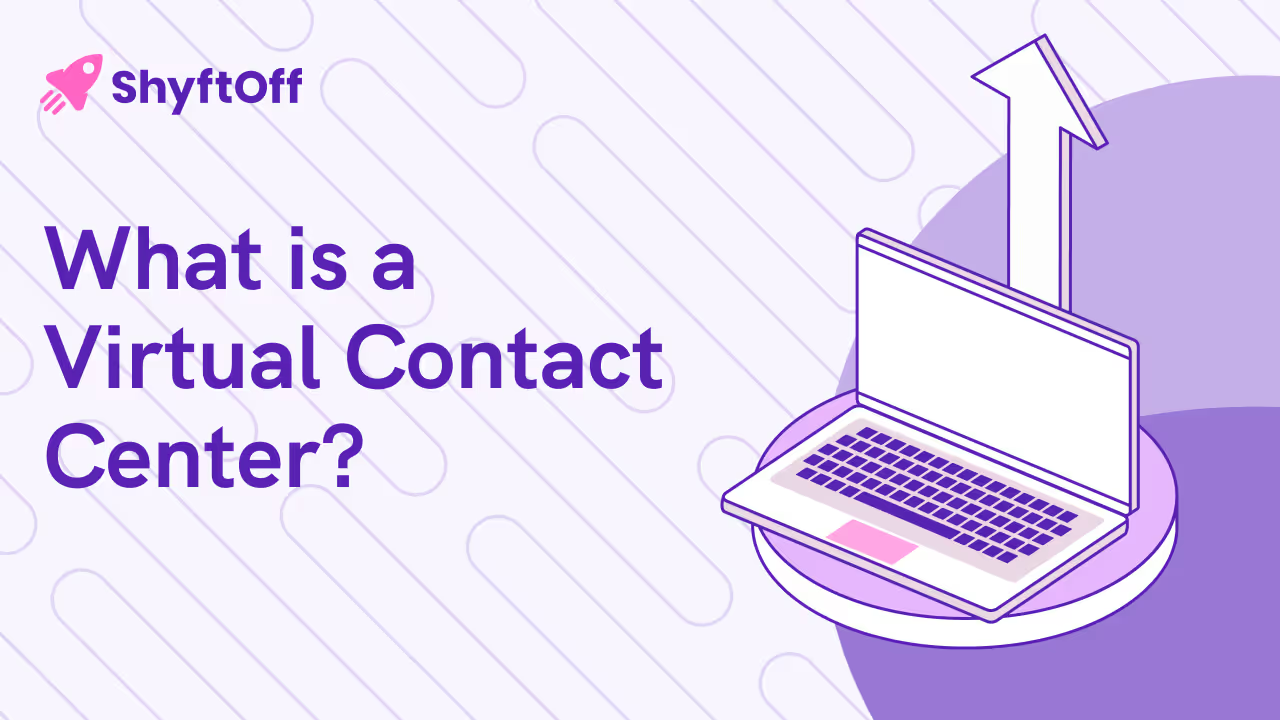
.avif)
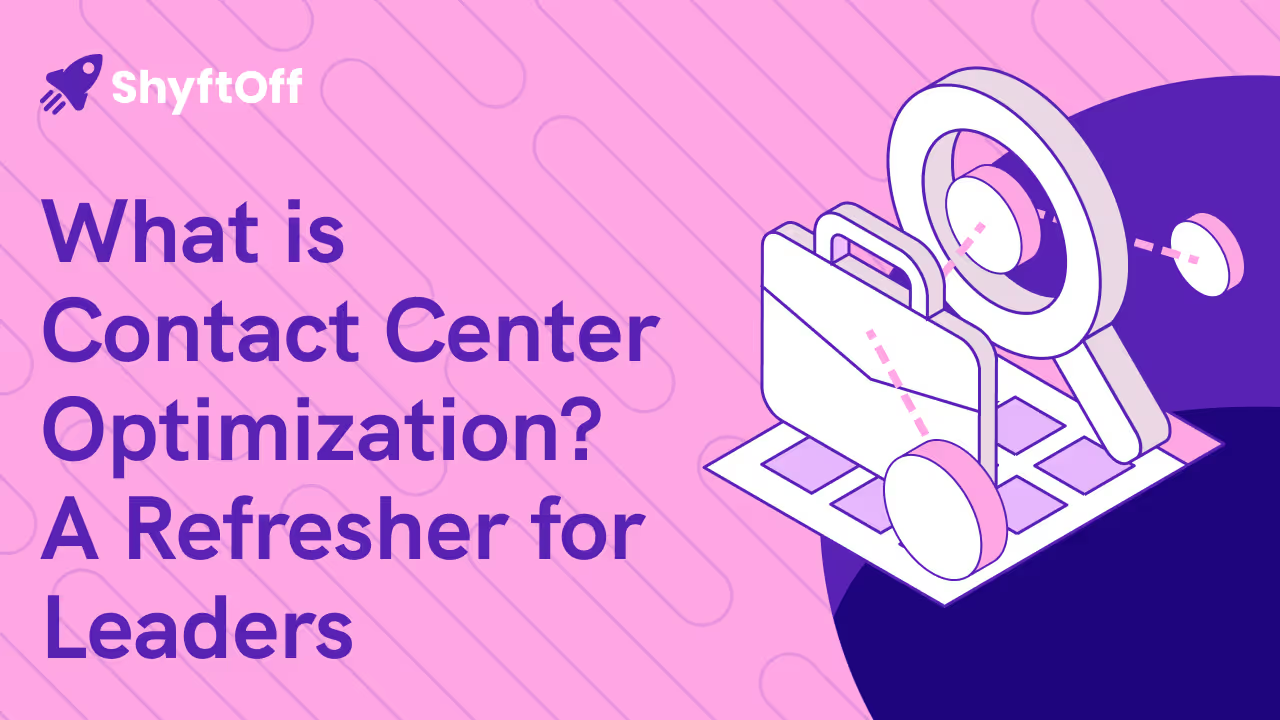

.avif)
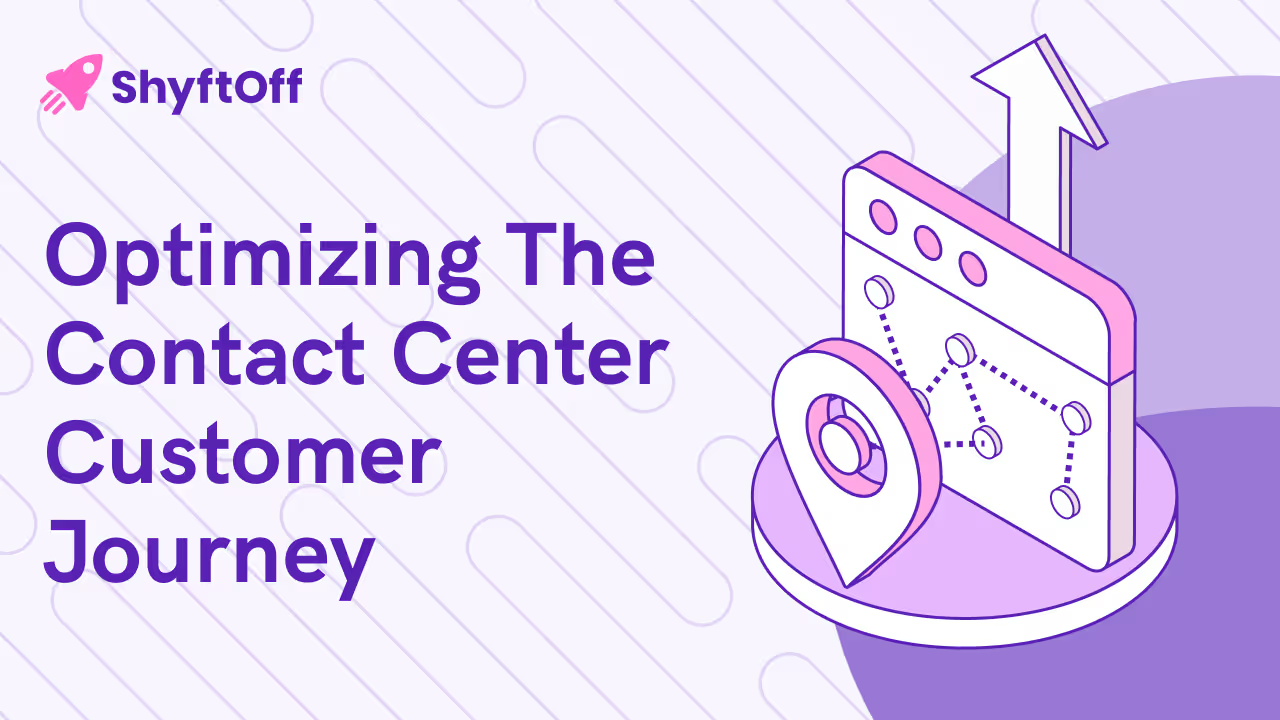
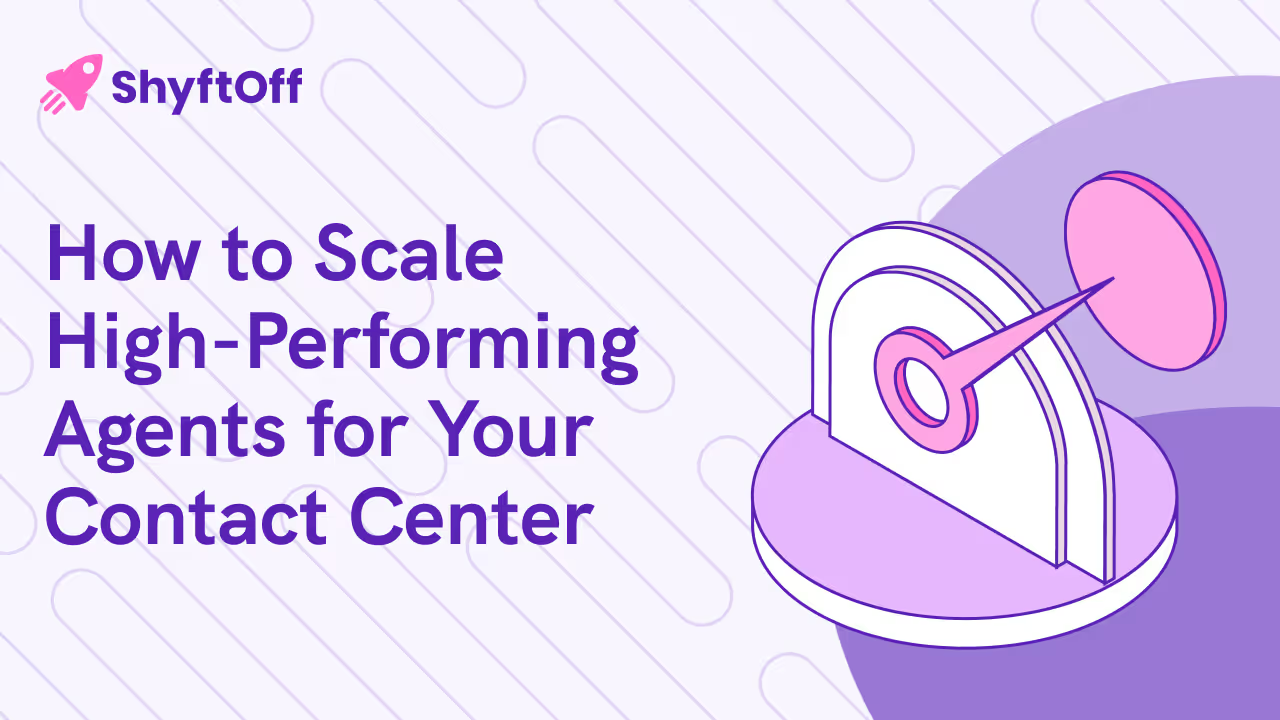
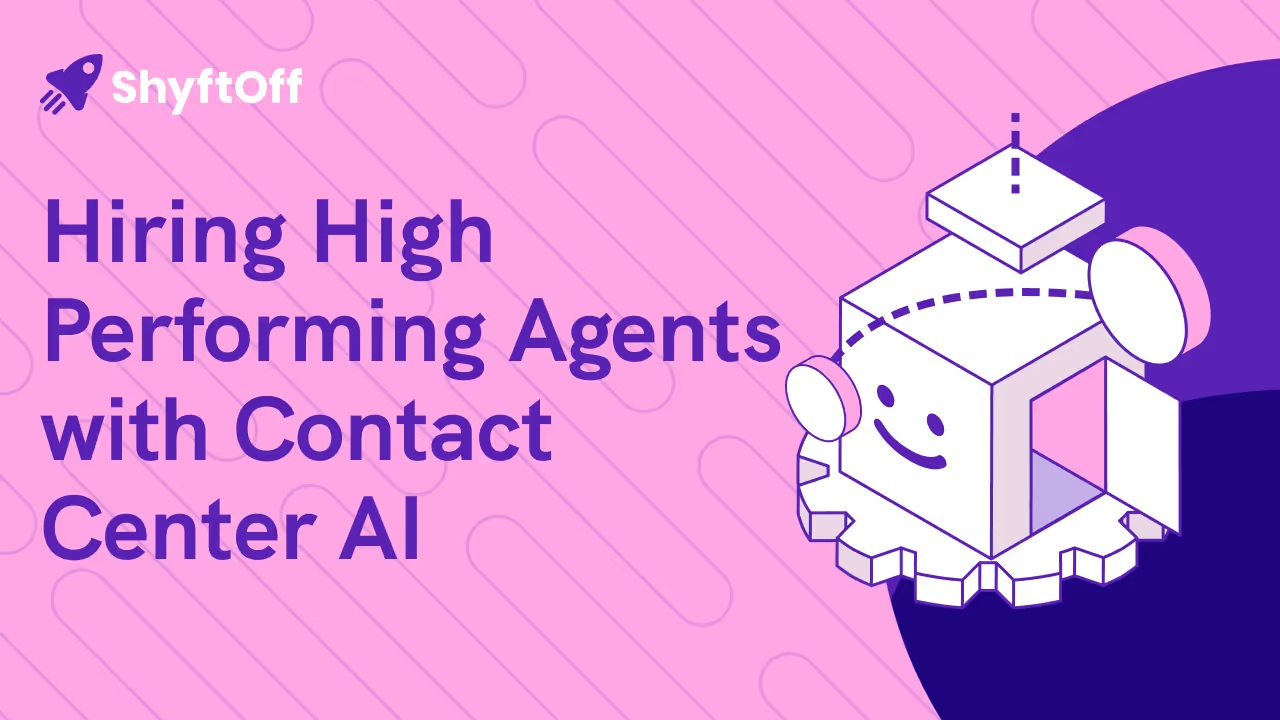
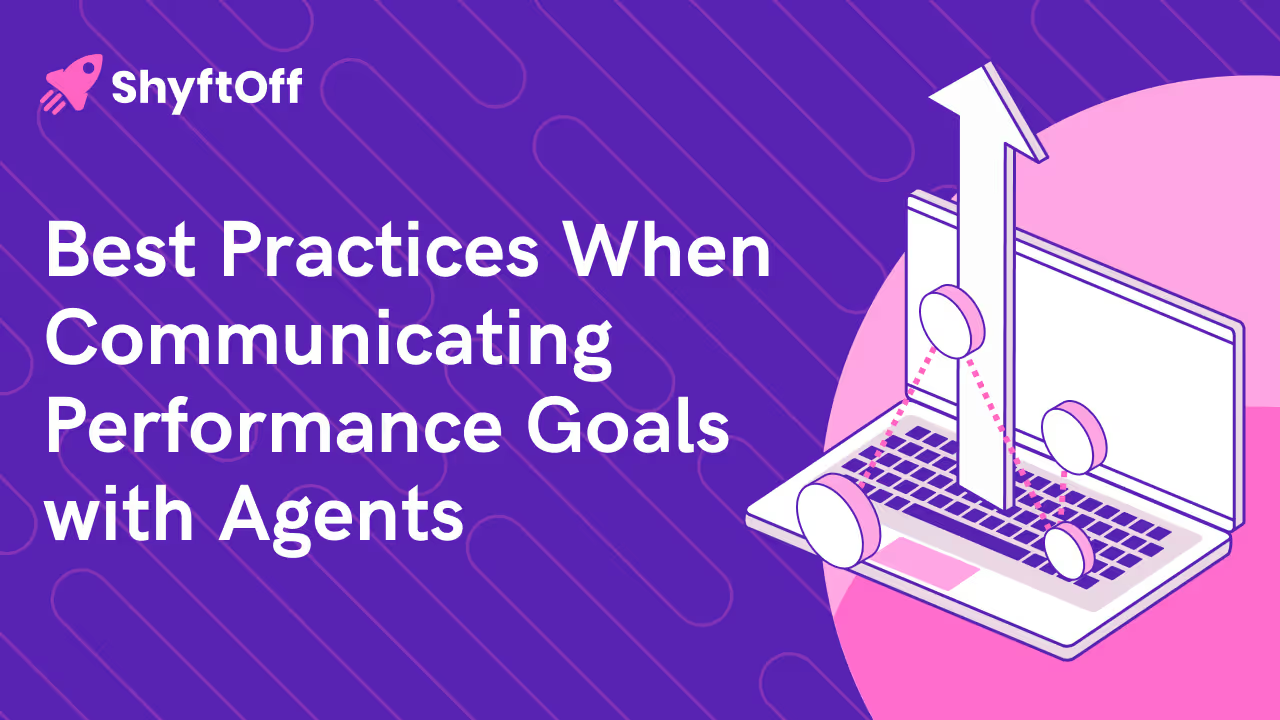
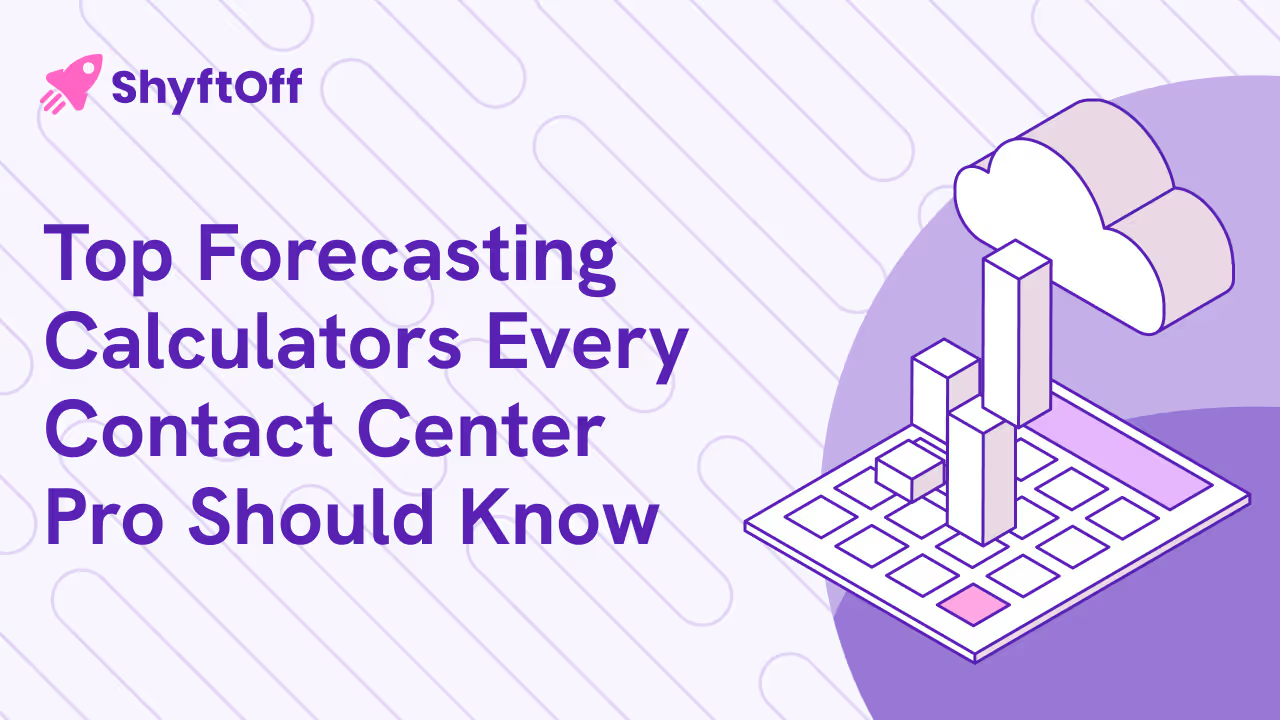
.avif)

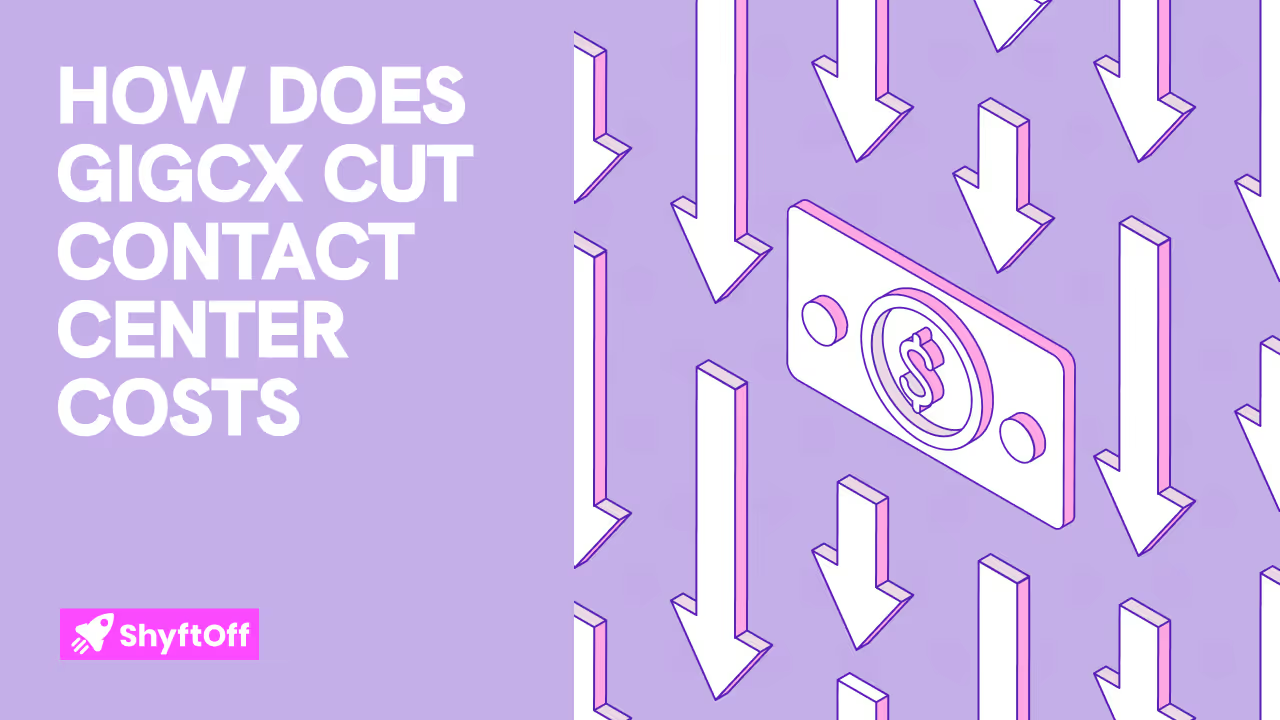
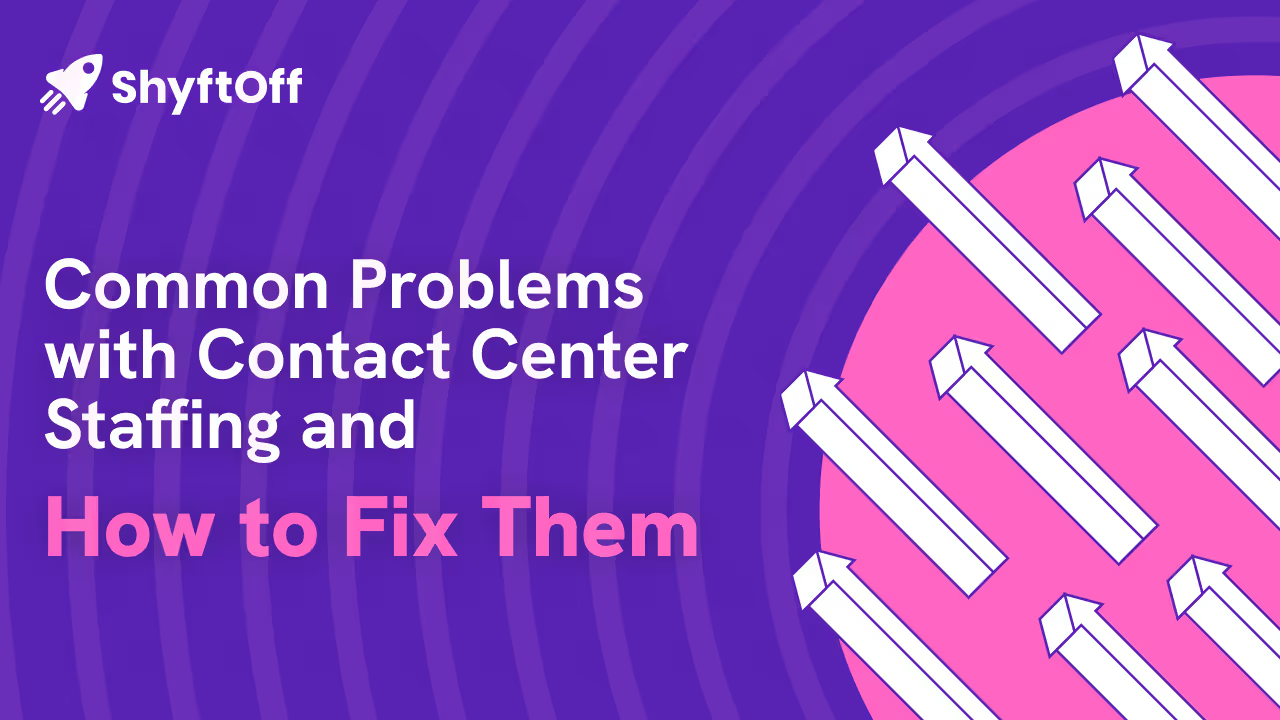
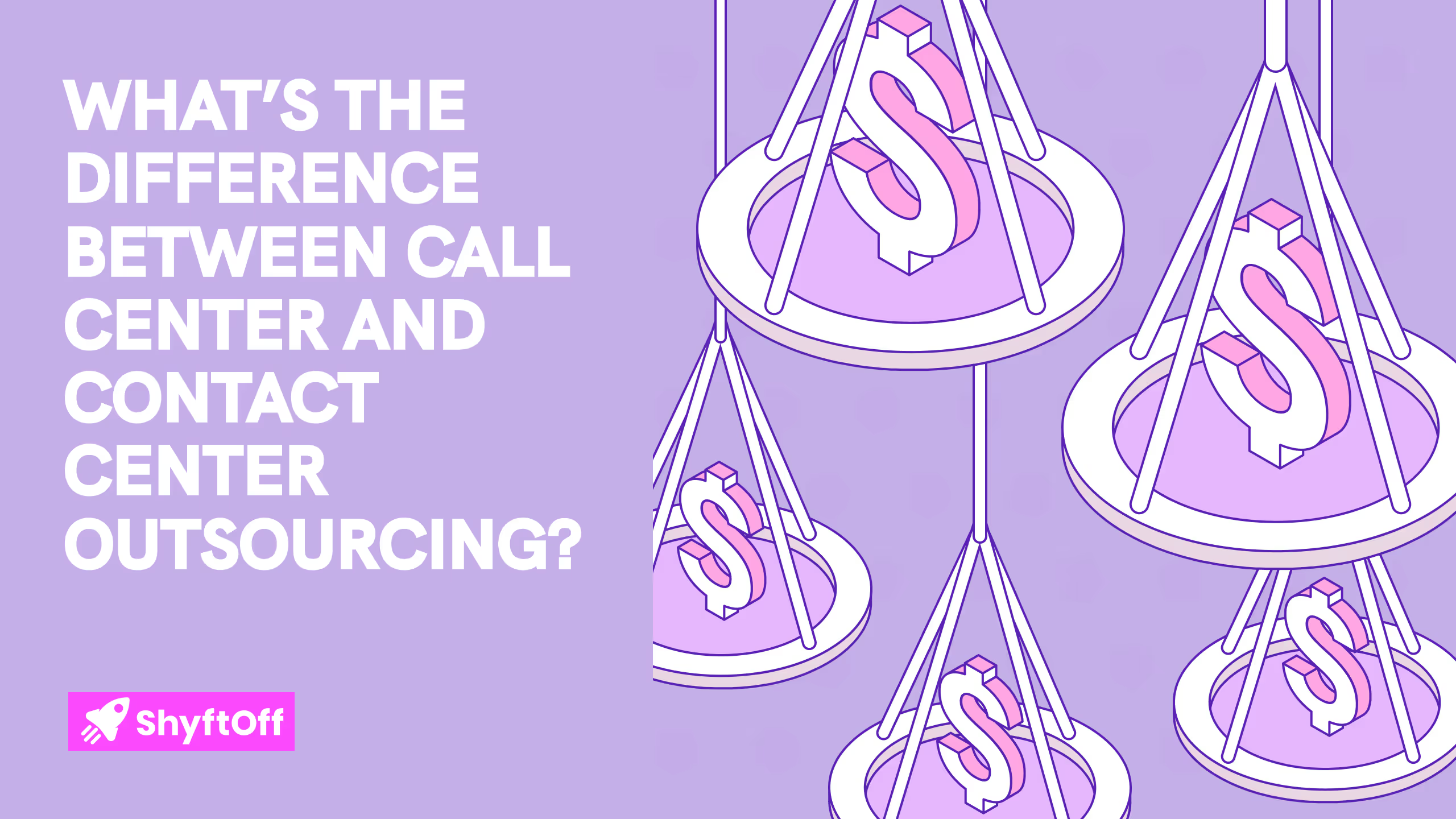
.avif)


.avif)



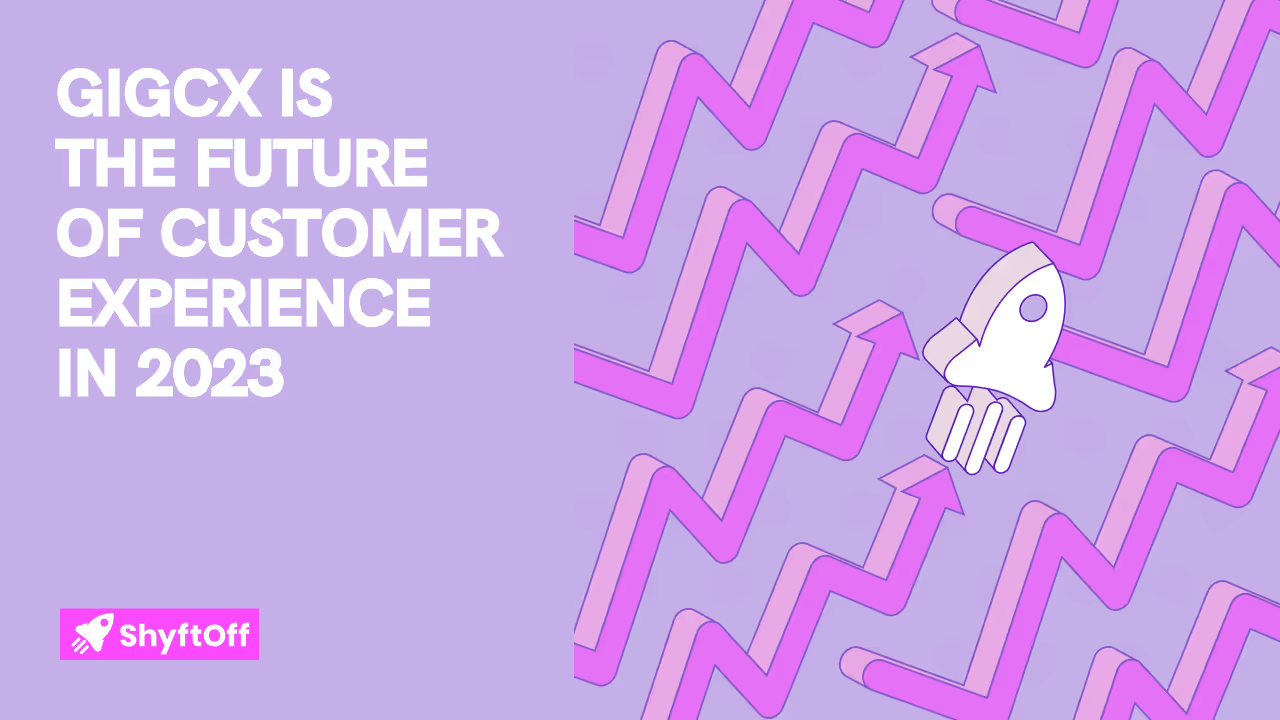
%2520(2).avif)

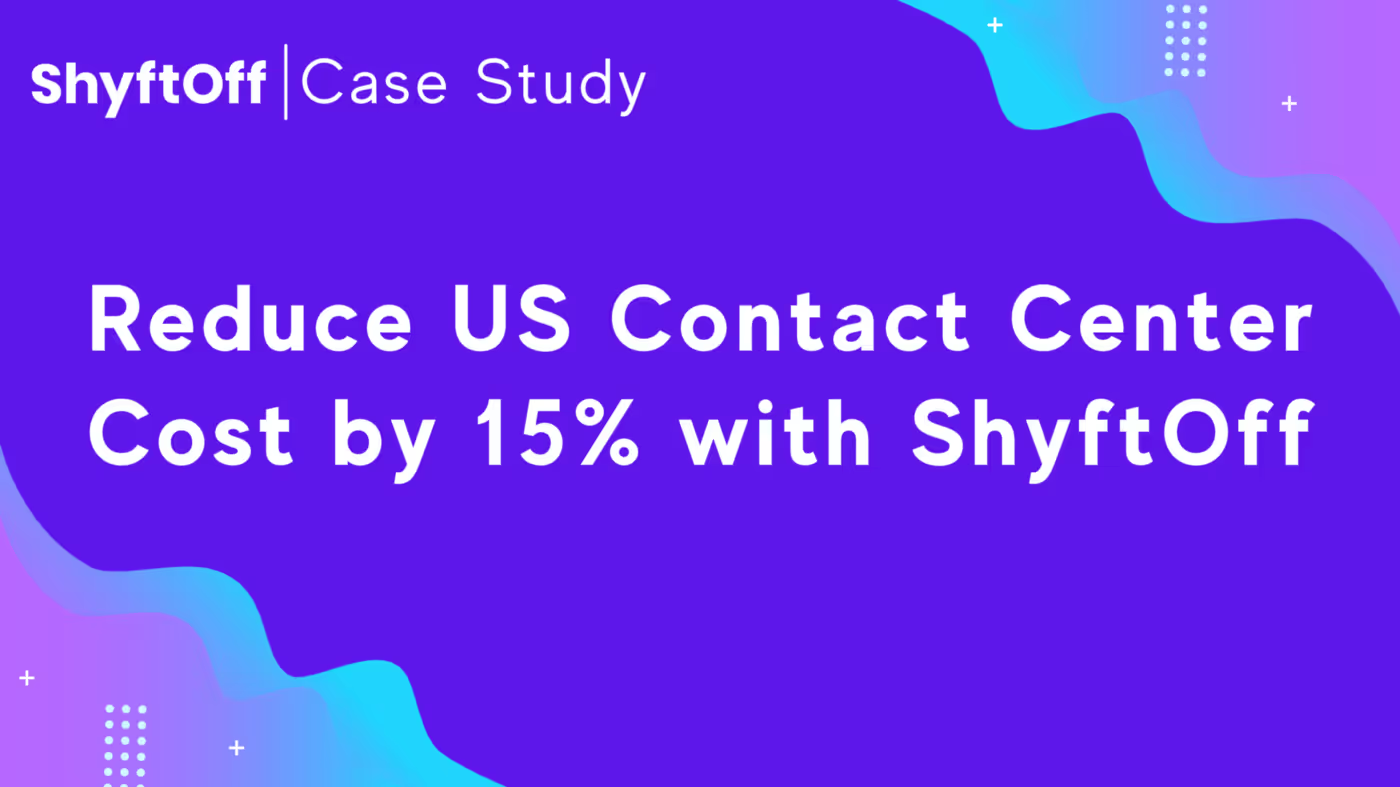
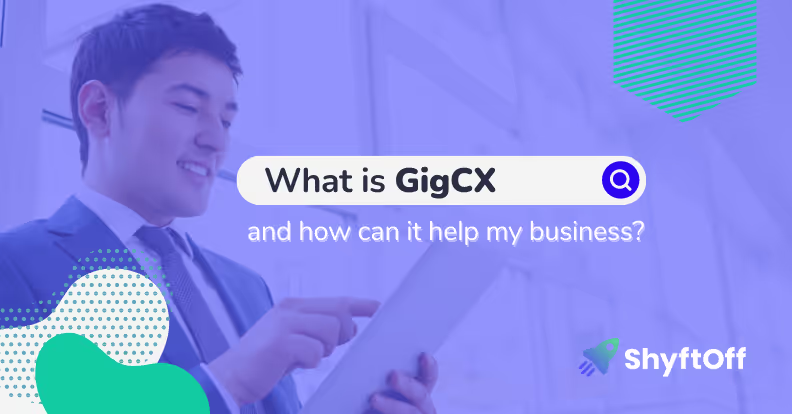
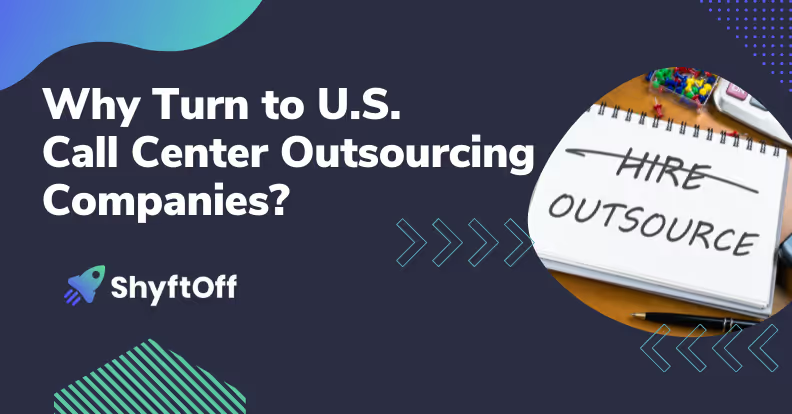
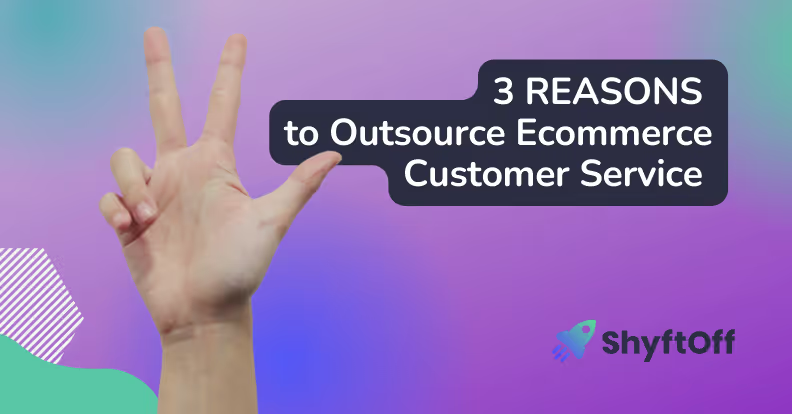
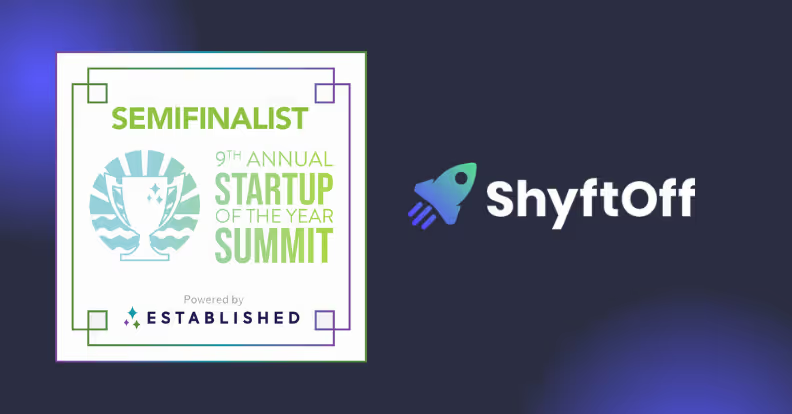
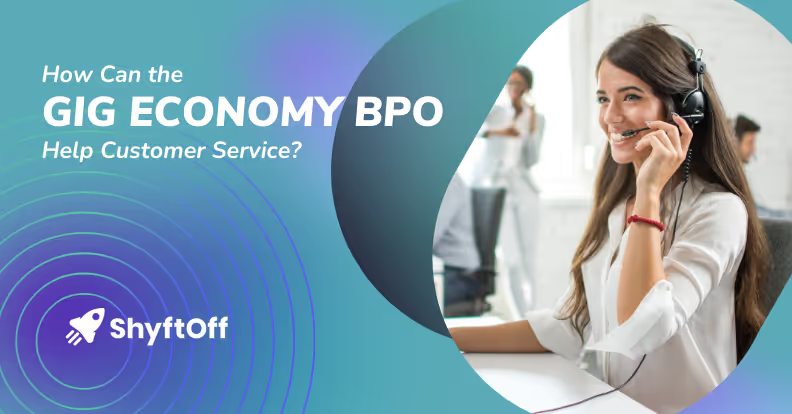

.avif)
